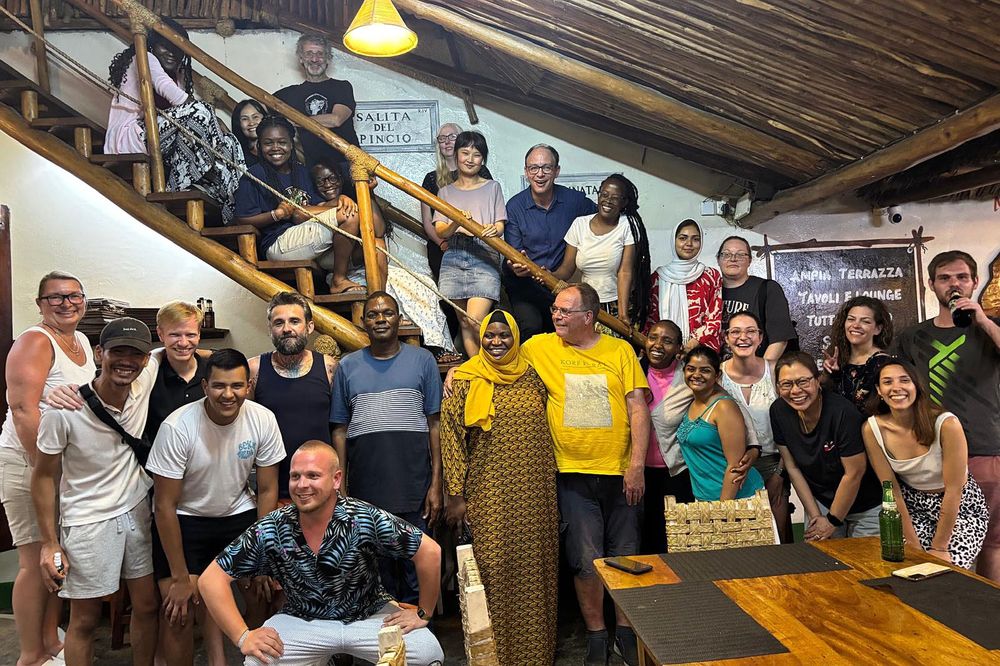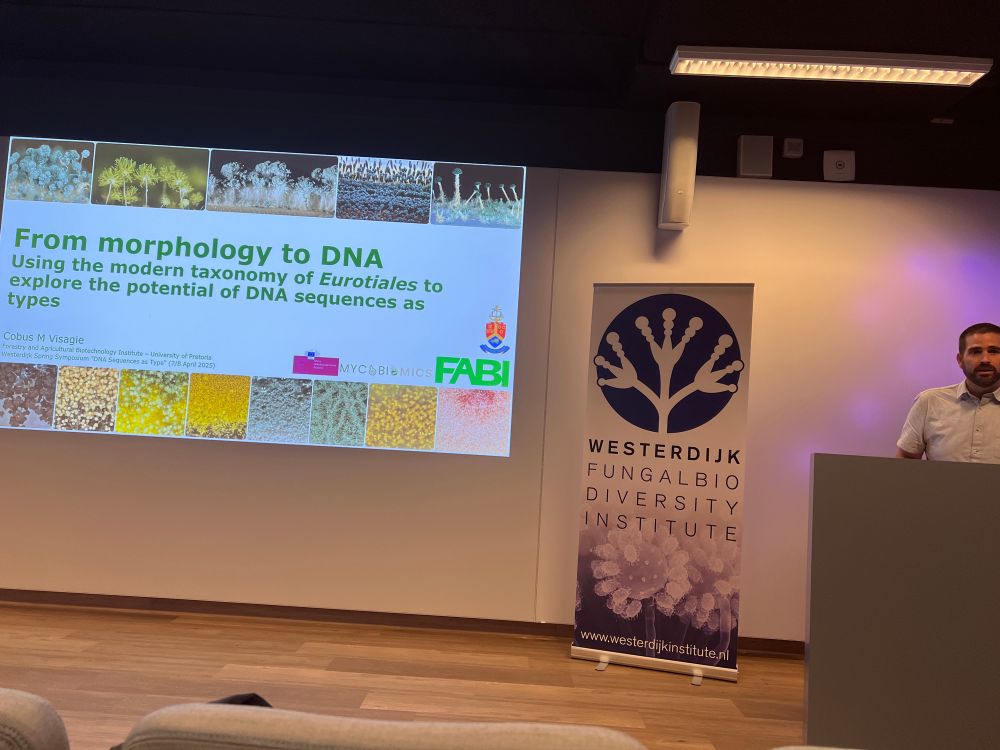Pedro Crous
@funguscrous.bsky.social
280 followers
120 following
12 posts
Group Leader - Westerdijk Fungal Biodiversity Institute. My lab in evolutionary phytopathology study speciation and systematics of phytopathogenic fungi
Posts
Media
Videos
Starter Packs
Reposted by Pedro Crous
Reposted by Pedro Crous
Reposted by Pedro Crous
Reposted by Pedro Crous
Reposted by Pedro Crous
Reposted by Pedro Crous
Reposted by Pedro Crous
Reposted by Pedro Crous
Reposted by Pedro Crous
Reposted by Pedro Crous
Reposted by Pedro Crous
Pedro Crous
@funguscrous.bsky.social
· Dec 29
Pedro Crous
@funguscrous.bsky.social
· Dec 26
Pedro Crous
@funguscrous.bsky.social
· Dec 26
Reposted by Pedro Crous
Reposted by Pedro Crous
Reposted by Pedro Crous
Reposted by Pedro Crous
Reposted by Pedro Crous
Reposted by Pedro Crous

































